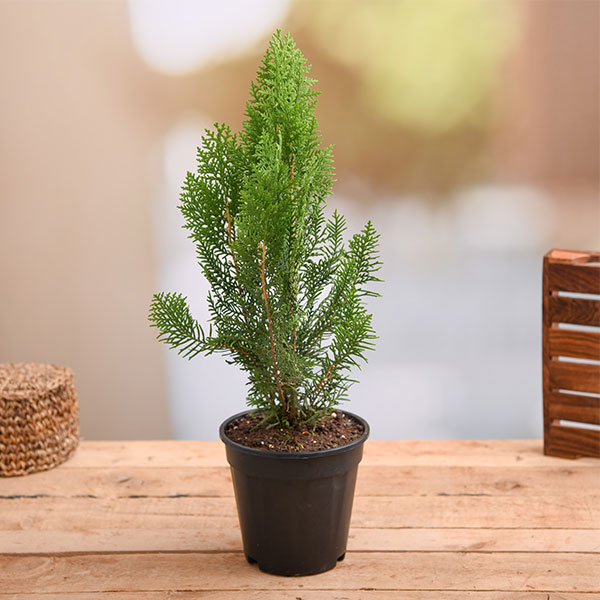Ayurvedic products and herbs
Surprising Uses of Morpankh Plants
Looking to transform your space? Explore surprising uses of Morpankh plants: Elevate your space with their stunning foliage, low maintenance, and versatile appeal.
Mayurpankh plants, also known as “Peacock Plant” or “Calathea Makoyana,” are renowned for their striking foliage and unique characteristics. These plants have been gaining popularity among plant enthusiasts and homeowners due to their numerous uses. In this article, we’ll delve into the advantages of having Mayurpankh plants in your living space.
Contents
Uses of Morpankh Plants:
1) Morpankh Plants for Air Purification
One of the primary uses of Morpankh plants is their air-purifying properties. These plants are exceptional at removing toxins from the air, making your indoor environment cleaner and healthier. Mayurpankh plants absorb pollutants like formaldehyde and benzene, which are commonly found in household items and cleaning products. Having these plants in your home can contribute to improved air quality and help reduce the risk of respiratory issues.
2) Morpankh Plants for Aesthetic Appeal
Mayurpankh plants are prized for their vibrant and eye-catching foliage. The leaves feature intricate patterns and colors that resemble a peacock’s feathers, hence the common name. These plants can be an attractive addition to your interior decor, adding a touch of nature’s beauty to any room. Their unique appearance makes them a perfect choice for those who want to create a visually appealing living space.
3) Medicinal Uses of Vidya Plant
Beyond their aesthetic charm, Mayurpankh plants have been used for their medicinal properties in traditional medicine. Some cultures believe that these plants have healing properties, and their leaves are used to make herbal remedies. While more research is needed to validate their therapeutic benefits, these plants have a long history of being used to alleviate minor ailments.
How to Care for Vidya Plants
To fully enjoy the benefits and uses of Morpankh plants, it’s essential to care for them properly. Here are some tips on how to ensure your Peacock Plant thrives.
Light and Water Requirements
Vidya plants prefer indirect, bright, or filtered light. The sun’s rays can scorch their leaves, thus they do not perform well in it. When it comes to watering, it’s essential to keep the soil consistently moist but not waterlogged. Water your Mayurpankh plant when the top inch of the soil feels dry, and avoid letting it sit in standing water.
Soil and Pot Selection
Use well-draining, peat-based potting soil for your Mayurpankh plant. Additionally, ensure the pot you choose has drainage holes to prevent overwatering. Repotting may be necessary as the plant grows, but they don’t mind slightly root-bound conditions.
Pruning and Maintenance
Regular maintenance includes pruning to remove damaged or yellowing leaves. This not only keeps your Mayurpankh plant looking its best but also promotes healthy growth. Additionally, wipe the leaves with a damp cloth to remove dust and keep them clean.
Peacock Plants in Different Cultures
Mayurpankh plants hold cultural significance in various parts of the world. In some regions, they are associated with symbolism and rituals. For example, in Brazilian folklore, these plants are believed to protect against negative energy. In India, they are often used in religious ceremonies and are considered an auspicious plant. Understanding the cultural context of Mayurpankh plants adds to their allure and significance. These were the Mayurpankh plants’ benefits and uses.
Buy Peacock Plant Online: Buy Now
Conclusion:
Mayurpankh plants are more than just houseplants; they are living art pieces that bring beauty and benefits into your life. With their air-purifying abilities, aesthetic appeal, and cultural significance, these plants are an excellent choice for your home or office. However, remember that their care is crucial for them to thrive, so make sure to follow the guidelines to enjoy their full potential.
Also Read:
1) Benefits of Pomegranates
2) Health Benefits of Annatto.
3) Health Benefits Of Bay Leaves.
4) Health Benefits of Licorice.
5) Health Benefits of Thyme.


